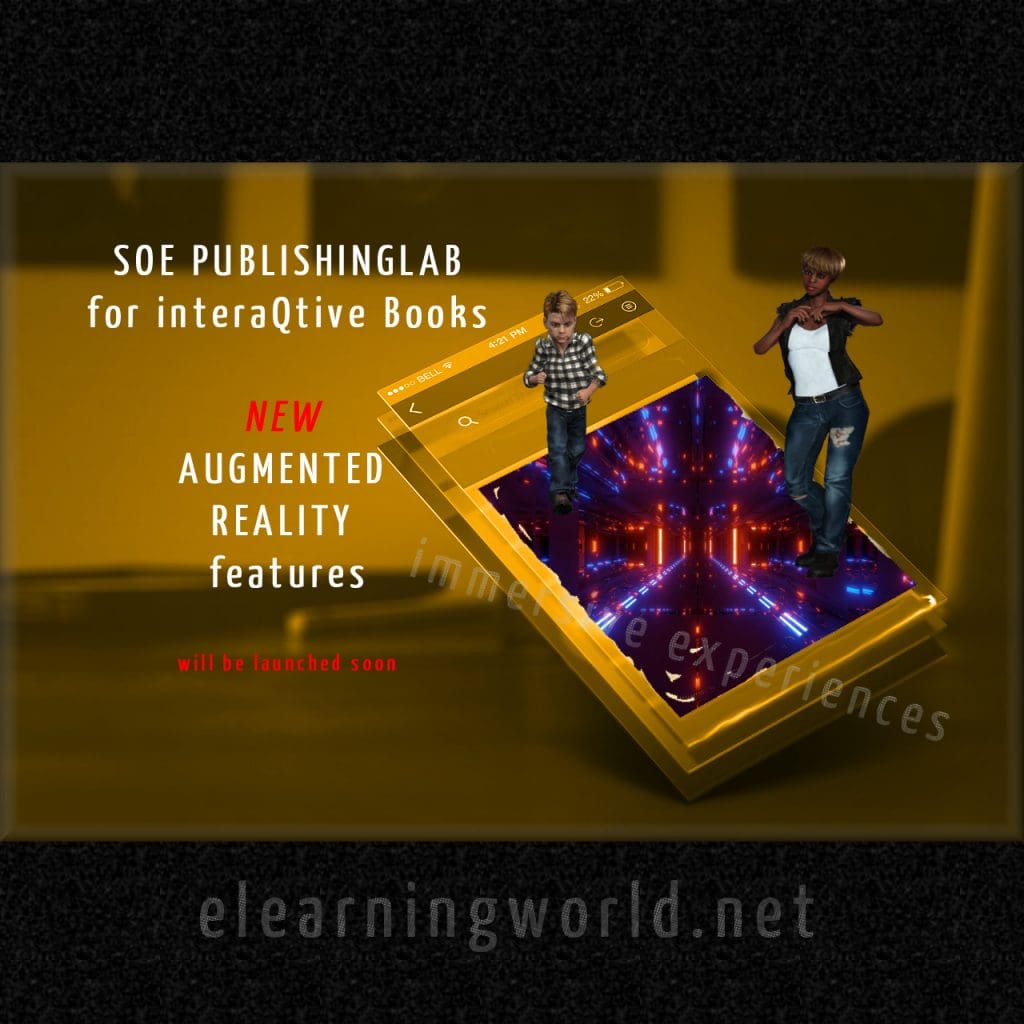Listen to the story (This is an updated version of the story from 2020)

Talent development in a Design thinking mode
Scenario-based learning is here a workable method; including developing critical thinking skills. Professor Philip C. Abrami and his colleagues have reviewed 341 research studies that evaluated the impact of various instructional approaches on critical thinking skills. In the conclusion of the best outcomes, three main concepts appeared: 1. Authentic work scenarios, 2. Opportunity for dialogue oral or written, 3. Mentoring in combination with problem-solving and discussions. The outcome is talent/skills development and collaborative learning in a highly motivating learning environment.
Modern versus traditional Learning Design
The traditional method is using a divided-task approach. Where the learner is learning short procedures and the surrounding knowledge around them. This is highly inspired by the Industrial society’s work method with labour division. As the modern scenario-based method is directed at the whole work process and the environment that surrounds it. However, even if the latter is more adapted to the digital age. The former still could have a great impact, especially in training novice learners. But the main demand from the labour market is mostly directed at modern learning design.
Written by
LarsGoran Bostrom@
Learning designer and Author of the book “Learning Design in Practice for Everybody” and developer of SOE PublishingLab
Source:
Accelerate Expertise With Scenario-Based E-Learning
Using Design Thinking Methods to Promote Collaborative Problem Solving
Services from eLearningworld Europe AB
 interaQtive Books with gamification and AR as well as loads of other interactive features.
interaQtive Books with gamification and AR as well as loads of other interactive features.
Engaging
Learning
Fiction with open ending
Multimedia
No coding required
Opens in a new tab


